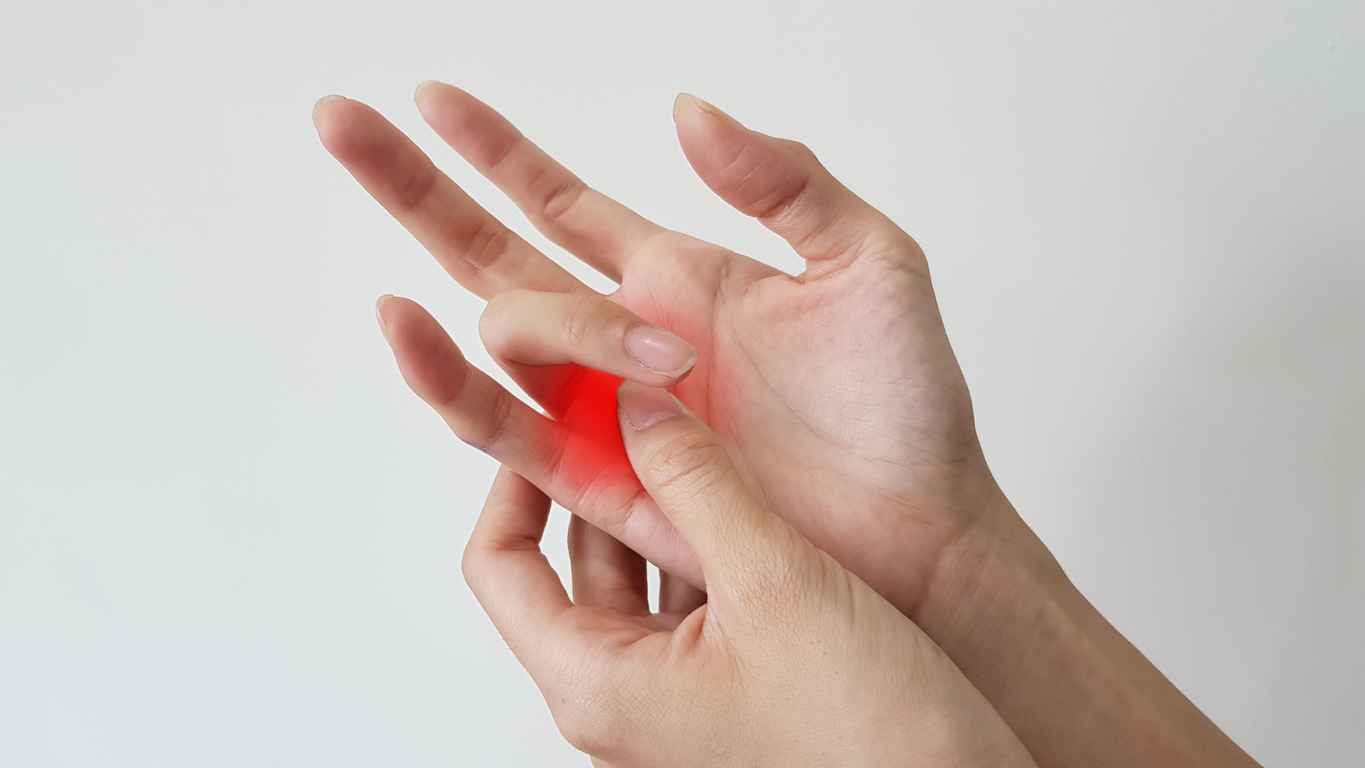
Understanding Trigger Finger Causes, Symptoms, and Treatment
Our hands are marvels of complex engineering, but sometimes, they can encounter issues that affect their normal function. Trigger finger is one such condition, and understanding its causes, symptoms, and treatment options is essential for those experiencing it.
In this blog, the Orthopaedic Specialty Group explains trigger finger, shedding light on what it is, what causes it, how to recognize its symptoms, and the available treatments.
What is Trigger Finger?
Trigger finger, medically known as stenosing tenosynovitis, is a condition that affects the tendons in the fingers and thumb. The affected tendon becomes inflamed, making it difficult for the affected digit to move smoothly within its sheath. The result is a finger that may snap or “trigger” when bent and then suddenly pop back into a straight position.
Common Causes of Trigger Finger
Several factors can contribute to the development of trigger finger. Some common causes include:
- Repetitive Hand Movements: Activities that involve repeated gripping and grasping can strain the tendons, increasing the risk of inflammation and trigger finger.
- Medical Conditions: Health conditions such as diabetes, rheumatoid arthritis, and gout are associated with a higher risk of developing trigger finger.
- Age and Gender: The condition is more common in women and tends to affect individuals between the ages of 40 and 60.
- Occupation: Certain occupations that involve repetitive hand movements or forceful gripping are more prone to trigger finger. This includes musicians, industrial workers, and farmers.
Symptoms of Trigger Finger
Recognizing the symptoms of trigger finger is crucial for early intervention. Common signs and symptoms include:
- Pain or Discomfort: You may experience pain at the base of the affected finger or thumb.
- Catching or Snapping: The finger may catch or lock in a bent position and then suddenly snap back straight, resembling the action of a trigger.
- Stiffness: The affected digit may feel stiff, making it challenging to straighten.
- Swelling and Tenderness: Swelling and tenderness may develop at the base of the affected finger.
Treatment Options For Trigger Finger
Treatment for trigger finger can vary depending on the severity of the condition. Here are some common approaches:
- Rest and Activity Modification: Mild cases can often be managed by giving the affected hand a rest and avoiding activities that exacerbate symptoms.
- Splinting: Wearing a splint to keep the affected finger or thumb in an extended position can help reduce the inflammation and promote healing.
- Medications: Nonsteroidal anti-inflammatory drugs (NSAIDs) may be prescribed to relieve pain and reduce inflammation.
- Corticosteroid Injections: In some cases, corticosteroid injections into the affected area can provide relief from inflammation and symptoms.
- Physical Therapy: A physical therapist can provide exercises and techniques to improve the finger’s range of motion and strength.
- Surgery: If conservative methods are ineffective, surgical procedures may be considered. The surgeon may release the affected tendon sheath to allow for smoother movement of the tendon.
For exceptional orthopaedic care, contact Orthopaedic Specialty Group in Connecticut!
It’s crucial to seek expert medical treatment if you struggle with problems or pain associated with your bones or joints. Give the professionals at Orthopaedic Specialty Group a call at (203) 337-2600, and let us know how we can help you! Don’t let that pain hold you back from living your life. Your health and safety are our top priority.
